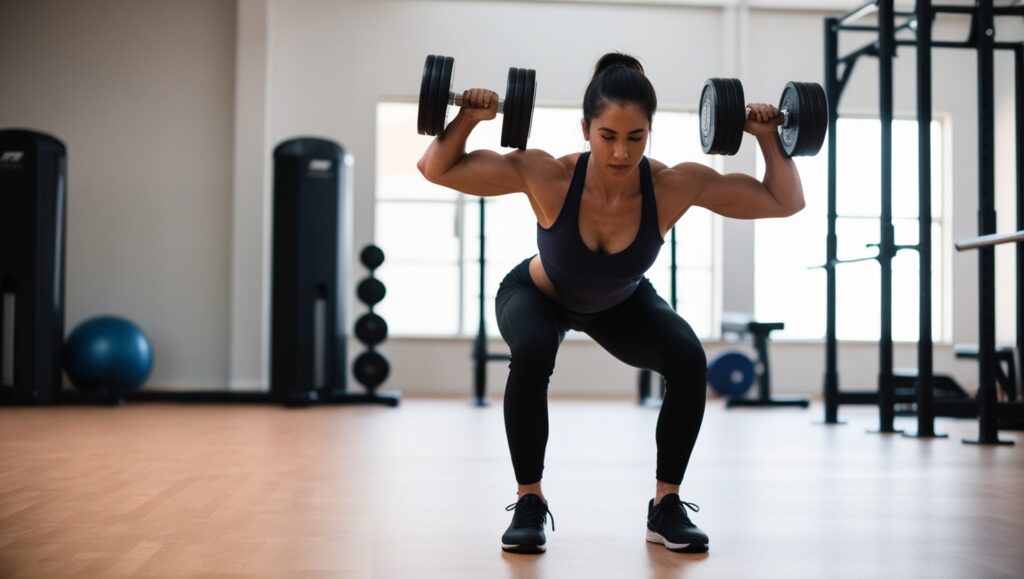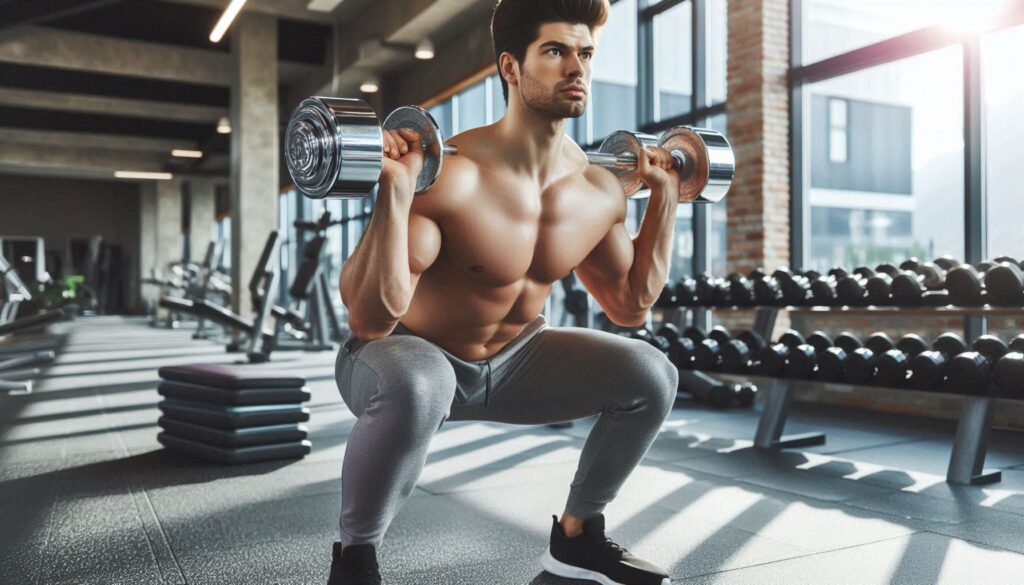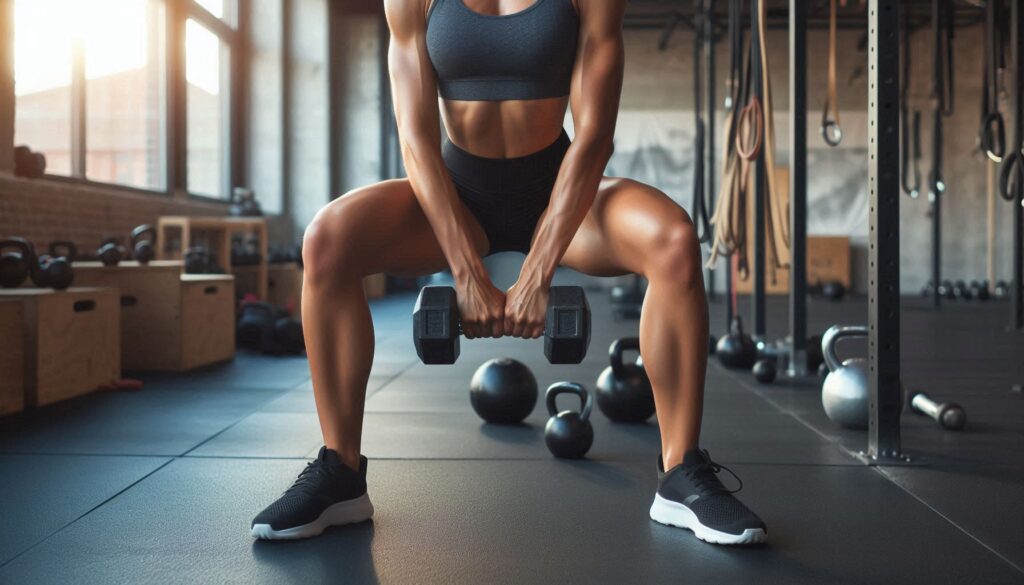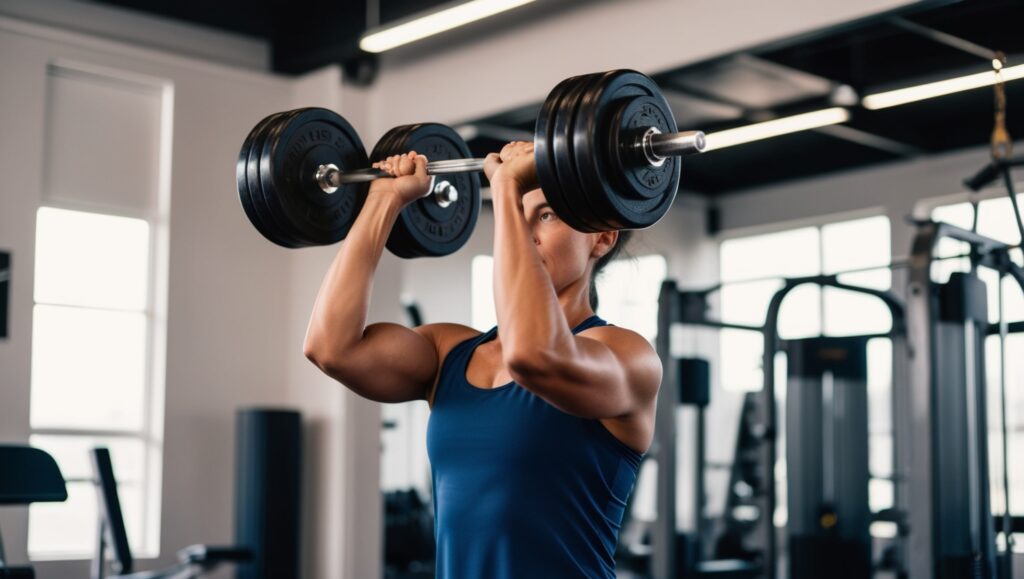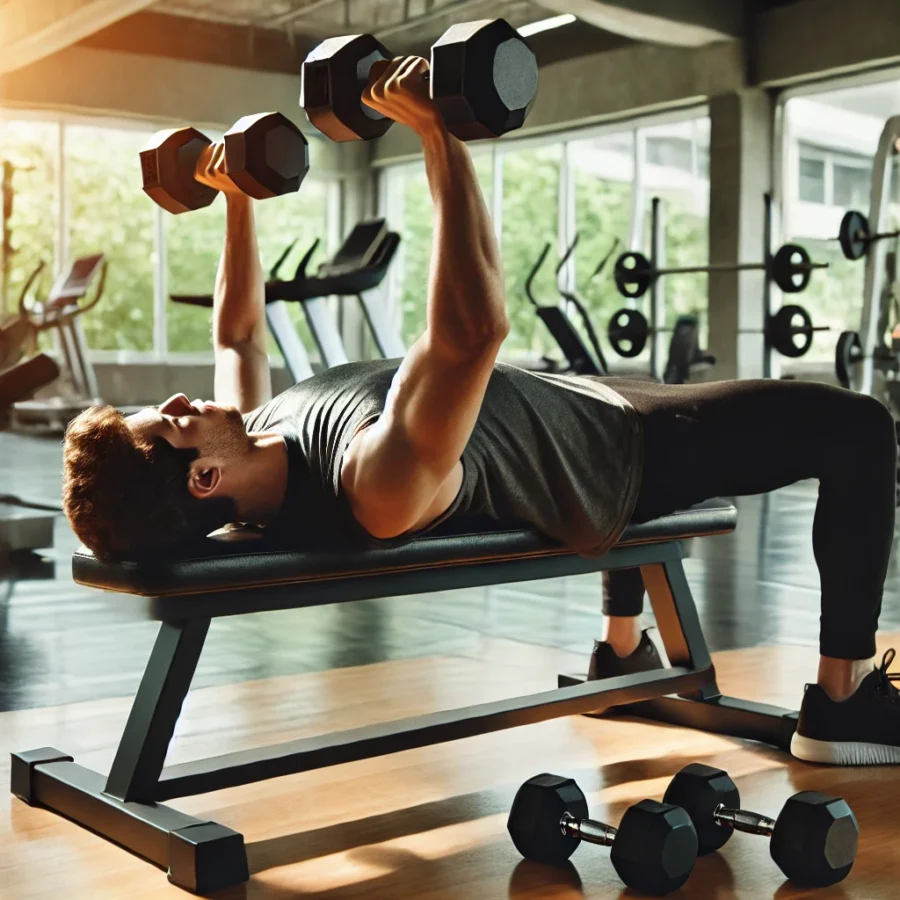The Kang squat dumbbell is an excellent lower-body exercise that combines elements of the good morning and the squat. This movement enhances strength, mobility, and flexibility, making it a valuable addition to any workout routine. Whether you are a beginner or an advanced lifter, incorporating the Kang squat with dumbbells can help improve your posterior chain, core stability, and squatting mechanics.
Kang Squat Dumbbell
Benefits of Kang Squat Dumbbell
The Kang squat dumbbell offers several unique advantages that make it stand out from other squat variations. Here are some key benefits:
- Improves Posterior Chain Strength: The exercise engages the hamstrings, glutes, and lower back, making it an excellent movement for developing strength and endurance in these muscles.
- Enhances Core Stability: By requiring control throughout the movement, the Kang squat dumbbell activates the core, improving balance and overall stability.
- Increases Flexibility and Mobility: The combination of a hip hinge and squat increases hip mobility, helping to improve overall movement mechanics.
- Reduces Injury Risk: Strengthening the posterior chain and core reduces the likelihood of injuries related to poor movement patterns and muscle imbalances.
- Builds Functional Strength: Since it mimics everyday movements, the Kang squat dumbbell enhances athletic performance and daily functional strength.
How to Perform Kang Squat Dumbbell with Proper Form
To maximize the benefits of the Kang squat dumbbell and avoid injuries, it’s essential to execute the movement with proper form. Follow these steps:
- Starting Position:
- Stand with feet shoulder-width apart, holding a dumbbell in each hand.
- Maintain a neutral spine and engage your core.
- Hip Hinge (Good Morning Phase):
- Push your hips back while keeping your knees slightly bent.
- Lower your torso forward until it’s nearly parallel to the ground, keeping the dumbbells close to your legs.
- Squat Phase:
- Once you reach the bottom of the good morning position, bend your knees and drop into a squat.
- Keep your chest up and ensure your weight is evenly distributed.
- Return to Starting Position:
- Drive through your heels and extend your knees to return to a standing position.
- Keep your core engaged throughout the movement.
Common Mistakes to Avoid
Even though the Kang squat dumbbell is a highly effective exercise, improper execution can lead to discomfort or injury. Here are some common mistakes to avoid:
- Rounding the Back: Keeping a neutral spine throughout the movement is crucial to prevent lower back strain.
- Excessive Knee Forward Movement: Your knees should not travel too far past your toes to avoid excessive pressure on the joints.
- Neglecting Core Engagement: Engaging your core provides stability and prevents unnecessary stress on the lower back.
- Using Too Much Weight: Start with lighter dumbbells to focus on proper form before progressing to heavier loads.
- Rushing the Movement: Performing the Kang squat dumbbell too quickly reduces its effectiveness. Focus on controlled, deliberate movements.
Kang Squat Dumbbell Variations for Different Fitness Levels
If you want to modify or progress the Kang squat dumbbell, try these variations:
- Bodyweight Kang Squat: A great starting point for beginners to master the movement before adding weight.
- Kang Squat with Resistance Bands: Using a resistance band adds tension and helps with stability.
- Kang Squat with Single Dumbbell: Holding a single dumbbell at chest level can reduce complexity and improve control.
- Kang Squat with Barbell: For advanced lifters, performing the movement with a barbell increases resistance and strength gains.
Conclusion
The Kang squat dumbbell is a fantastic exercise that strengthens the posterior chain, enhances mobility, and improves overall functional fitness. By incorporating it into your workout routine and ensuring proper form, you can maximize its benefits while reducing the risk of injury. Whether you’re an athlete, bodybuilder, or fitness enthusiast, mastering the Kang squat dumbbell will help you build strength, flexibility, and stability effectively.

